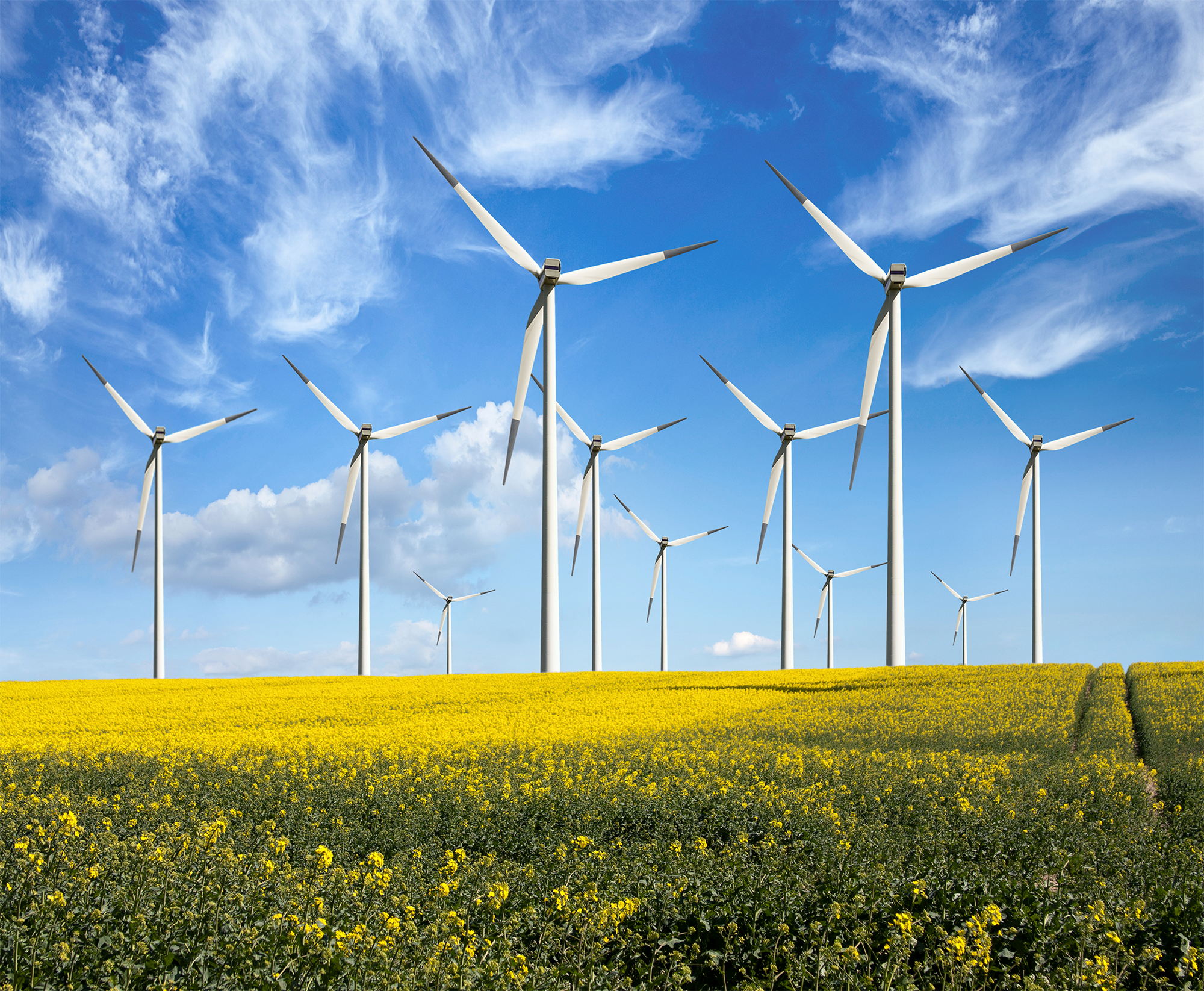Why are consumers facing some of the highest utility prices? Why are so many energy suppliers in the UK going bust? What does green energy have to do with all of this? UK energy consumers will be transferred to a supplier of last resort if their energy supplier goes bust.
Research and development into green energy have been going on for a few years before the turn of the millennium. The main goal of the research is to find ways to reduce the energy sector’s dependence on coal, oil, natural gas, and other fossil fuels.
The research has helped shed light on the possibilities of green energy solutions. But what is green energy, and why is it a better alternative in comparison to using fossil fuels for energy sources?
What Is Green Energy?
Green energy is derived from natural sources such as algae, geothermal heat, plants, sunlight, tides of water, rain, and wind.
All of these sources of energy are naturally replenishable. Fossil fuels, on the other hand, are finite and take millions of years to develop. Burning fossil fuels to generate energy also produces huge amounts of carbon dioxide or carbon emissions.
Carbon emissions have a negative impact on the environment. Carbon emissions attract natural heat that has an impact on the weather and a larger overall impact on the climate.
Carbon emissions from burning fossil fuels are the reason why the polar ice caps are slowly melting. One of the consequences of the polar ice caps melting is that the world is being introduced to climate change.
The Advantages Of Using Green Energy
Using green energy does not harm the environment because green energy comes from renewable energy sources. An advantage of using renewable energy sources is that renewable energy sources are easily available across the world.
Progress in technology means that utilising renewable energy sources is becoming more viable and cheaper for the average energy consumer day by day. In contrast, fossil fuels must be discovered from specific geological locations and excavated so they can be used to create energy.
Types Of Green Energy
Technology is progressing at such a rapid pace that it can be difficult to keep with all of the different types of green energy. For clarity purposes, we have only discussed the types of green energy that are conventionally used.
Solar Power
Solar power is one of the most popular forms of green energy. Consumers purchase solar panels that are strategically installed in a location where they can receive sunlight during the day. The power generated from the solar panels can be used to deliver energy to lighting solutions, heat water, and cook food.
Wind Power
Some places on the earth are naturally windy. There was a time when people used windmills for various purposes. The windmill has been upgraded to the wind turbine in the modern world. A wind turbine is much more efficient at producing power.
Hydroelectric Power
Hydroelectric power is generated by water flowing downstream. One of the most common ways to generate hydroelectric power is with the help of a dam of water. Energy is produced as water flows through the dam.
Putting It All Together
Consumers and energy providers both understand the precarious environmental impact of continuing to use fossil fuels for energy production.
The world has acknowledged that a shift towards green energy is the only solution to neutralize the negative impacts of carbon emissions. The real question that needs to be answered is when are we ready to shift towards green energy?





